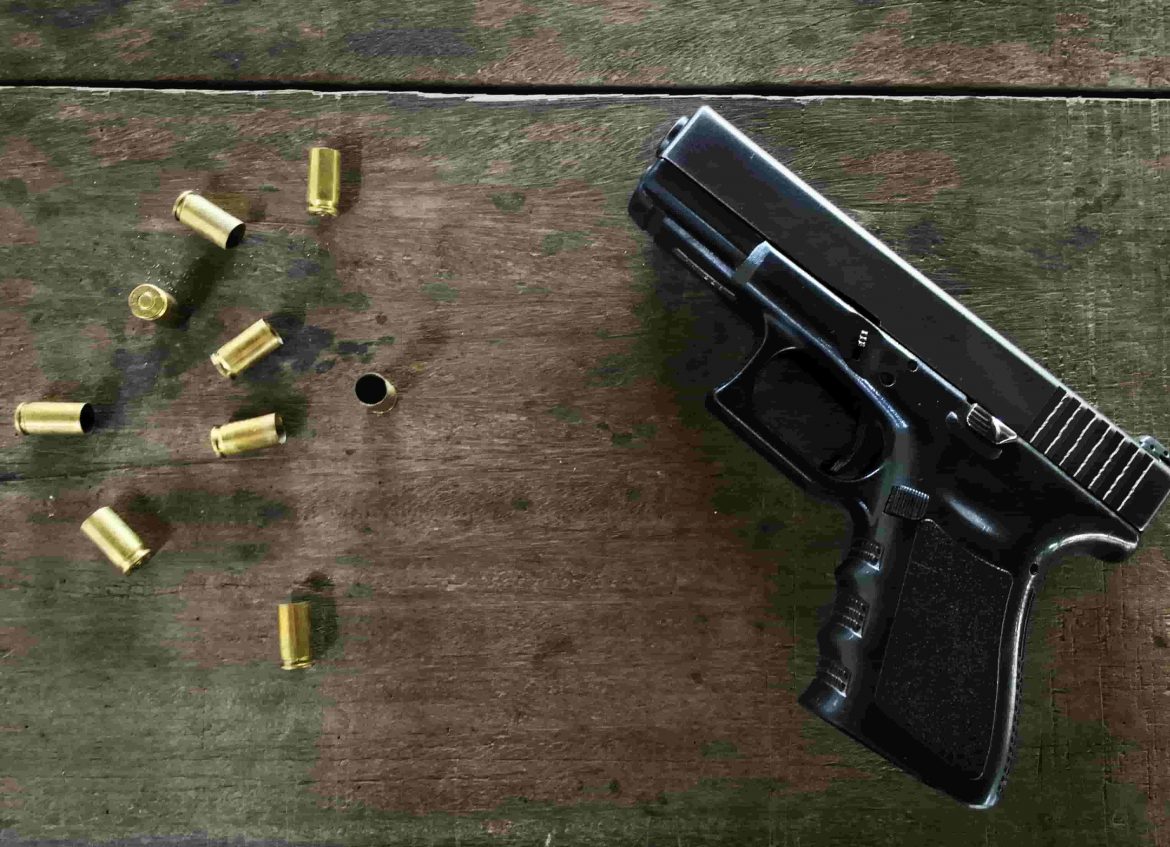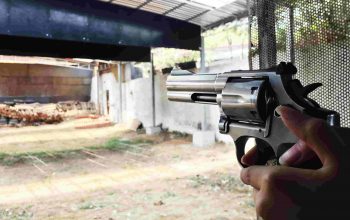Introduction
From primitive powder tubes to today’s sophisticated weaponry, firearms have undergone a dramatic transformation over centuries. This evolution has not only impacted the battlefield but has also influenced societal dynamics across the globe. For technology innovators, firearm enthusiasts, and history buffs, understanding this evolution provides valuable insights into the interplay between technology, warfare, and society. This blog post explores the fascinating history of firearms, highlighting key innovations and trends that have shaped their development.
Early Innovations in Firearms
The first firearms, rudimentary cannons, and hand cannons, emerged in the late Middle Ages. These early weapons were simple, consisting of a metal tube, gunpowder, and a projectile. While groundbreaking for their time, they were limited by their accuracy, range, and the hazardous nature of early gunpowder.
The desire to enhance these limitations spurred several key innovations. The invention of the matchlock in the 15th century was a pivotal development, allowing users to ignite gunpowder with a slow-burning match cord. This improved firing consistency and reduced the risk of accidents. The subsequent flintlock mechanism, introduced in the 17th century, further revolutionized firearms by using a piece of flint to create a spark, leading to more reliable ignition.
Another significant innovation was the rifling of barrels, which introduced grooves inside the barrel to spin the projectile. This dramatically improved accuracy and range, setting the stage for more effective use in warfare. These early advancements laid the groundwork for the sophisticated firearms we see today.
Evolution of Modern Firearms
The transition from black powder to smokeless powder in the late 19th century marked a turning point in firearm development. Smokeless powder offered greater power and efficiency, reducing smoke and residue, and allowing for more rapid firing and reloading. This advancement paved the way for the development of repeating firearms, which could fire multiple rounds before needing to be reloaded.
The development of automatic weapons, such as the Gatling gun and later the machine gun, revolutionized warfare by dramatically increasing firepower and efficiency. These weapons could fire continuously, transforming battlefields and prompting changes in military tactics. The introduction of semi-automatic and fully automatic rifles, such as the M1 Garand and the AK-47, further enhanced the capabilities of modern armies.
Modern firearms continue to evolve, driven by advancements in materials, engineering, and technology. Today’s firearms are lighter, more durable, and more accurate than their predecessors, incorporating cutting-edge technology to enhance performance and usability.
Impact of Technology on Firearms
Technology has had a profound impact on firearm design, driven by advancements in materials engineering and the integration of electronics and smart technology. New materials, such as polymers and advanced alloys, have allowed for the production of lighter, more durable firearms that can withstand harsh conditions and heavy use.
The integration of electronics has opened new possibilities for firearm design and functionality. Smart technology, such as optics, laser targeting systems, and biometric security features, has enhanced the accuracy, safety, and usability of modern firearms. These innovations allow shooters to engage targets with greater precision and confidence, while also improving safety by preventing unauthorized use.
Firearms manufacturers continue to explore new ways to incorporate technology into their products, seeking to improve performance, reliability, and user experience. This ongoing innovation ensures that firearms remain at the forefront of technological advancement.
Trends Shaping the Future of Firearms
Several trends are shaping the future of firearms, driven by changing consumer preferences and societal demands. One major trend is the increasing demand for customization and personalization in firearm design. Consumers are seeking firearms that reflect their individual style and preferences, leading manufacturers to offer a wide range of customizable options, from custom finishes to modular components.
Another trend is the growing emphasis on eco-friendly ammunition and sustainability in the industry. As environmental concerns become more prominent, manufacturers are exploring ways to reduce the environmental impact of firearms and ammunition. This includes the development of lead-free ammunition, biodegradable materials, and more efficient manufacturing processes.
These trends reflect the evolving needs and priorities of consumers and society, driving innovation and shaping the future of firearms.
Conclusion
The evolution of firearms from simple powder tubes to advanced technological marvels is a testament to human ingenuity and innovation. From early matchlocks to modern automatic rifles, each advancement has transformed the battlefield and impacted society in profound ways.
Today, firearms continue to evolve, driven by advancements in materials, engineering, and technology. The integration of smart technology and the emphasis on customization and sustainability are shaping the future of firearms, ensuring that they remain relevant and effective in an ever-changing world.
As technology innovators, firearm enthusiasts, and history buffs, understanding the evolution of firearms provides valuable insights into the interplay between technology, warfare, and society. We invite you to share your perspectives and engage with our community as we explore the ongoing advancements and future of firearms.



